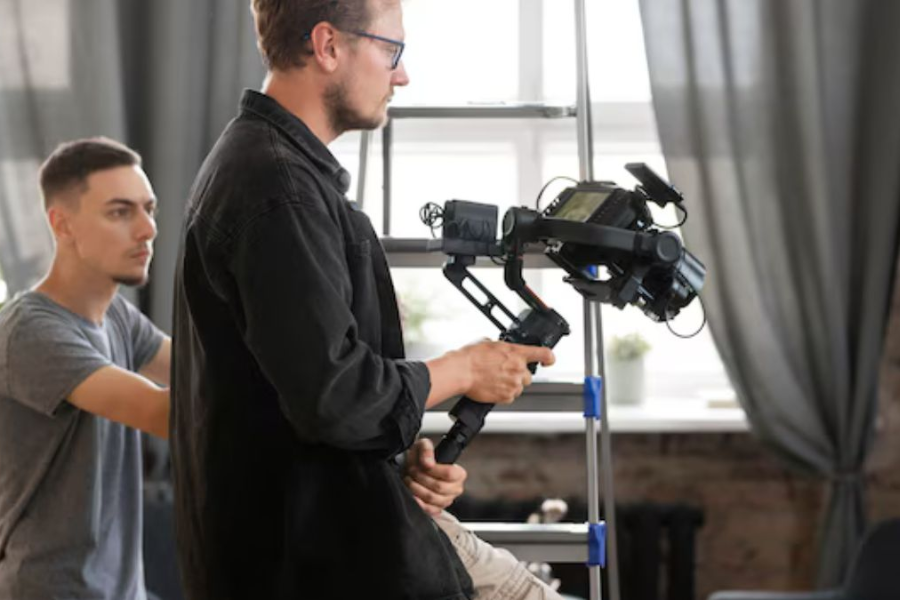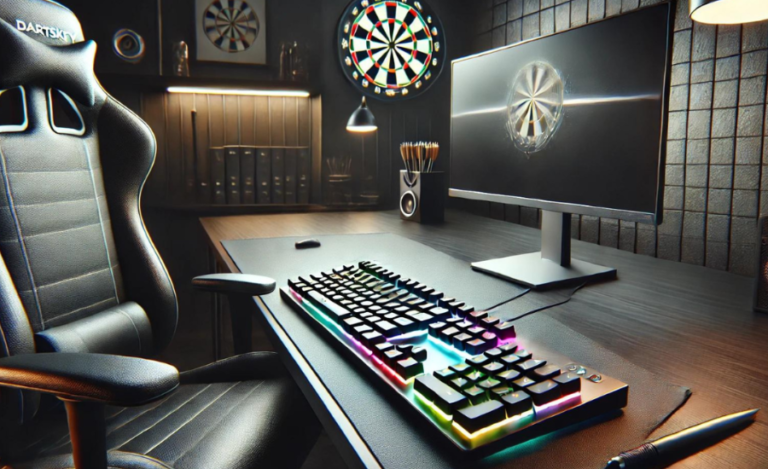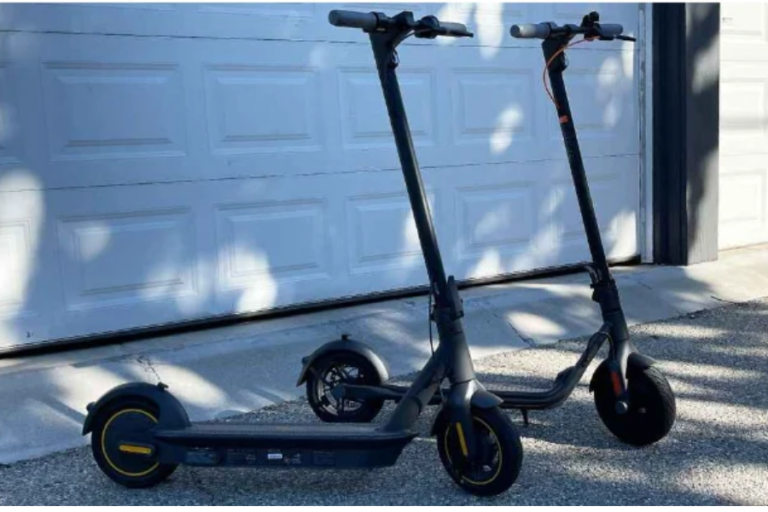The Comprehensive Guide to a Back Casting Room
In the vibrant realm of entertainment, where auditions and voice recordings play crucial roles in film, television, theater, and media productions, establishing a dedicated back casting room can significantly enhance the process. This specialized space acts as a central hub for casting directors, producers, and talent, offering an environment meticulously designed for performance evaluation and high-quality sound recording.
Understanding the Purpose of a Back Casting Room
The primary goal of a back casting room is to cultivate an atmosphere that fosters optimal performance and clear sound capture. This is where actors audition for roles, voiceover artists lend their skills, and personalities are assessed for various projects. However, the significance of this space goes beyond its physical dimensions; it revolves around setting the stage for creativity and professionalism.
Essential Features of a Back Casting Room
The Casting Table
At the core of every back casting room lies the casting table—a sturdy, functional workspace where scripts, documents, and recording equipment are organized. This table should be spacious enough to accommodate all necessary materials while providing actors with ample room to showcase their talents comfortably.
Lighting and Equipment
Lighting is vital in creating the right ambiance and ensuring visibility during auditions or recordings. Adjustable LED lights are recommended for their versatility in focusing attention and eliminating unwanted shadows. Additionally, essential equipment includes high-quality cameras, microphones, and monitors to capture and assess performances effectively.
Comfortable Seating
Ergonomic and adjustable seating options are essential for both performers and clients. Comfortable chairs not only contribute to a relaxed atmosphere but also help maintain focus during casting sessions that can sometimes extend for hours.
Setting Up a Back Casting Room
Choosing the Right Space
Selecting a location that is quiet, private, and free from external noise and distractions is crucial. Consider factors like room size, proximity to amenities, and accessibility for clients and performers. The right setting can set the tone for a successful casting experience.
Furniture and Layout
Optimize the room’s layout to maximize space and encourage a smooth workflow. Arrange furniture logically to ensure ample space for movement and interaction among individuals. The design should be both functional and aesthetically pleasing, reflecting the creative nature of the entertainment industry.
Technical Setup
Invest in soundproofing materials to minimize outside noise and echoes, ensuring pristine sound quality during recordings. Acoustic panels or curtains can be utilized to enhance sound clarity within the room. Furthermore, position microphones strategically to capture optimal sound quality while minimizing background noise.
Importance of Sound Quality
Acoustic Treatment
Proper acoustic treatment is vital for achieving clear and crisp sound recordings. Investing in soundproofing materials such as acoustic panels, bass traps, and diffusers helps minimize echoes and resonances, creating a controlled sound environment perfect for auditions and voice recordings.
Microphones and Recording Devices
Selecting the appropriate microphones and recording devices is essential for capturing high-quality sound. Opt for microphones designed for voiceover work or audition recordings, and place them thoughtfully to accurately capture the performer’s voice while avoiding unwanted ambient noise.
Creating a Professional Atmosphere
Décor and Ambiance
Enhance the room’s aesthetics with tasteful décor and comfortable furnishings. Consider incorporating elements that reflect the creative essence of the entertainment industry, such as posters of renowned productions or artistic features that inspire performers.
Maintaining Cleanliness
A clean and organized back casting room is critical to making a professional impression. Regularly sanitize equipment and furniture to ensure a hygienic environment for clients and performers, demonstrating a commitment to excellence and attention to detail.
Preparing for Back Casting Sessions
Scheduling and Coordination
Efficiently managing scheduling to accommodate clients and performers is essential. Utilize calendar tools or booking systems to streamline the process and avoid scheduling conflicts, ensuring a smooth and well-coordinated casting experience for everyone involved.
Client Comfort and Hospitality
Provide amenities such as refreshments and comfortable waiting areas to make clients feel welcome and valued during their casting sessions. Creating a friendly environment contributes to an overall positive experience and encourages repeat business.
Tips for Effective Back Casting
Communication with Clients
Establish clear communication channels to convey expectations and provide feedback effectively. Keep clients informed throughout the casting process, addressing any concerns or questions promptly to ensure a smooth and successful audition or recording session.
Managing Expectations
Transparency is crucial when managing client expectations. Be upfront about the casting process, timelines, and project requirements, ensuring clients have a clear understanding of what to expect and when.
Common Challenges and Solutions
Technical Issues
Anticipate and swiftly troubleshoot technical problems to minimize disruptions during casting sessions. Having backup equipment and technical support readily available ensures seamless operations throughout the audition or recording process.
Client Feedback and Adjustments
Be responsive to client feedback and willing to make necessary adjustments to improve the casting experience. Maintaining open lines of communication allows for prompt addressing of concerns and ensures client satisfaction.
Ensuring Security and Confidentiality
Adhere to strict confidentiality protocols to protect sensitive information shared during auditions or recordings. Respect the privacy of performers and clients, safeguarding their personal and professional interactions at all times.
Marketing Your Back Casting Services
Building a Portfolio
Compile a comprehensive portfolio showcasing past projects, successful castings, and testimonials from satisfied clients. Use this portfolio to demonstrate your expertise and attract potential clients seeking casting services.
Utilizing Social Media
Leverage the power of social media platforms to promote your back casting services and engage with industry professionals. Share behind-the-scenes photos, audition highlights, and client testimonials to build credibility and visibility within the entertainment community.
Networking with Agencies
Establish connections with talent agencies, production companies, and industry professionals to expand your clientele and generate referrals. Attend industry events, workshops, and networking sessions to build relationships and increase collaboration opportunities.
Cost Considerations and Pricing Models
Determine your pricing structure based on the services offered, equipment used, and industry standards. Consider offering package deals or discounts for repeat clients to incentivize long-term partnerships and foster client loyalty.
Future Trends in Back Casting
Stay updated on technological advancements in sound recording and casting practices. Embrace developments such as virtual auditions, remote casting sessions, and AI-driven casting tools to adapt to evolving industry trends and maintain a competitive edge.
Conclusion
Establishing and maintaining a professional back casting room requires careful planning, investment, and attention to detail. By creating an environment conducive to auditions and recordings, you can enhance the quality of your services and attract more clients in the competitive entertainment industry.
FAQs
How much space is required for a back casting room?
The ideal space varies based on the room’s intended use but generally requires enough room for a casting table, seating area, and technical equipment.
What type of lighting is best for a back casting room?
Adjustable LED lighting that can be controlled for intensity and color temperature is recommended to create the desired atmosphere and eliminate shadows.
How can I improve sound quality in my back casting room?
Invest in acoustic treatment such as soundproofing materials and strategic microphone placements to minimize echoes and achieve clear sound recordings.
What furniture is essential for a back casting room?
Essential furniture includes a casting table, comfortable seating, storage for equipment, and amenities for clients and performers.
How do I attract clients to my back casting services?
Build a strong portfolio, leverage social media for promotion, and network with industry professionals to increase visibility and credibility.
Explore the latest news and updates on englandtribune





